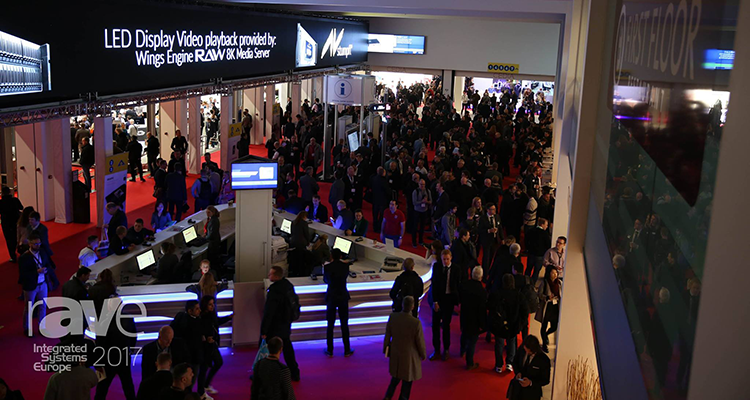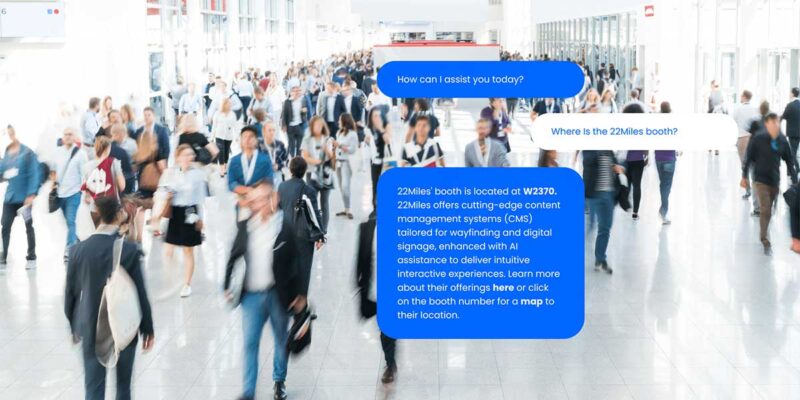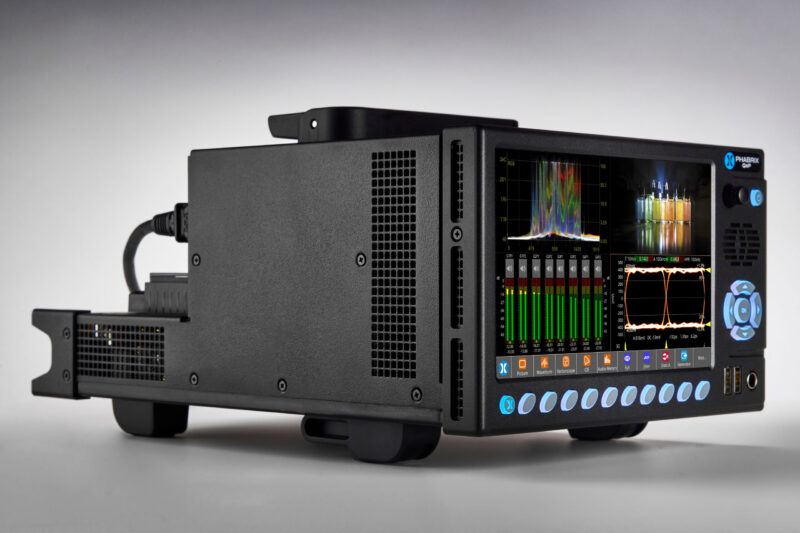Extracting Value from Trade Shows
 My first trip to InfoComm was six or seven years ago, one of the years it was held in Las Vegas. I left the show completely amazed at the magnitude. With the multiple halls, the number of training sessions and all the people, I truly realized the size of our industry for the first time. I thought that I had a pretty good understanding, and then I attended ISE in 2017. Wow. To have the commercial and residential sectors together completely blew me away. Fourteen halls — are you serious?
My first trip to InfoComm was six or seven years ago, one of the years it was held in Las Vegas. I left the show completely amazed at the magnitude. With the multiple halls, the number of training sessions and all the people, I truly realized the size of our industry for the first time. I thought that I had a pretty good understanding, and then I attended ISE in 2017. Wow. To have the commercial and residential sectors together completely blew me away. Fourteen halls — are you serious?
As I walked around the floor I began thinking about the value extracted by the companies that exhibit at the big shows like ISE. What do they get out of the show that makes it worth the expense? I don’t have an exact number on what a booth costs. I am, however, able to do some math on what it takes to send between two and 25 people to a site, pay for hotel, food and travel. Additionally, I can think through the shipping costs of moving the equipment and the extravagant setups that some of the companies install. It is easy for a person to determine that sending only a couple of people to represent a company can easily cost $10,000 for a small booth. Clearly the numbers climb from there.
So, if a company decides to make this investment, how do they make it worth it? How do they set up a “trade show” strategy? What would be the metrics they can use in order to determine a return on investment?
The first very obvious metric would be equipment sold at the show. In a discussion with an employee from one of the MAJOR manufacturers at the show, I was told that ISE, more than InfoComm, is a selling show — that is they have several clients show up ready to start writing out orders for equipment that is being displayed. These clients like seeing the products in person and like talking with the executives of the different manufacturers. They actually hold off on some orders until this trade show for that exact reason.
A second metric would be to get your name known and to possibly pick up some distributors. Digital signage around the show displayed many manufacturers who were looking for distributors in regions around the world. If you are looking to grow (and in the case of ISE, grow globally) this is a perfect way to do it. Consultants and designers from around Europe, and the rest of the world, are at the show so this is a chance to catch their eye. Adding distributors is a clear metric to measure your success at a trade show.
A third reason to present at a show would be to announce new products. There is a lot of this at any trade show. All manufacturers try to announce some new product or service. A metric here would be to get press on that new product and/or pre-orders on the new product. This can be achieved by letting people touch and use the product. It could also be achieved by competing for (and winning) one of the several awards given away at these shows.
I was considering all of these metrics as I walked around the perimeter of the various halls. The perimeter is where you find the very small booths. These are the exhibitors who are looking to break out and get their product known. The challenge I saw for these exhibitors was how to get someone to stop at your booth. This sounds like a pretty basic challenge — your booth needs to be interesting enough for someone to decide to spend some time at it. Lumitrix, an exhibitor at ISE for the first time did this very well. They were in one of the small perimeter booths (8-E318). While the booth was tiny, it immediately drew my attention as I walked by. Two projectors displayed their product in a fun and attractive way. Three people were staffing the small booth, so they were able to talk to anyone who stopped for a moment to look. The setup and the staff were enough to make me stop and talk with them. I asked what their goal was at the show. They told me that they were a new company looking to breakout in the interactive digital signage area. Time will tell if they achieve that goal, but judging on the number of people stopping and talking with them, it seemed to be a success.
So many of the other booths seemed like carbon copies of each other. They were not presented in a way that caught anyone’s attention. If you are a manufacturer or service provider that is considering exhibiting at a show, or questioning your investment in the show, the above points are critical. You need to determine WHY you are attending. You then need to set up metrics that you can review at the end of the show to determine if you met your target. Finally, and maybe the most overlooked, is you need to design your booth around those targets. For example, if you want to sell at the show, you will probably design a booth tailored towards your high volume customers. You may not be too interested in pulling in people who are just “browsing,” and your booth should be designed to achieve that goal. This could mean that several areas of your booth should be setup as private meeting areas. If you don’t review your strategy on a yearly, and show-by-show, basis, you will find yourself spending money and not getting any value in return.
Editor’s note: Register for InfoComm for free here, using VIP code RAVE.





